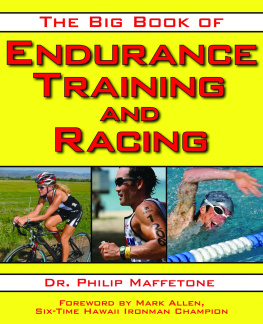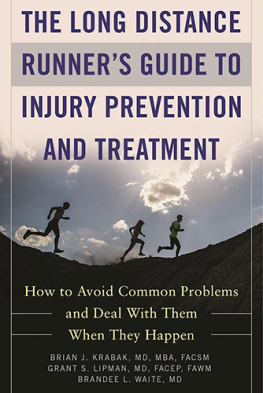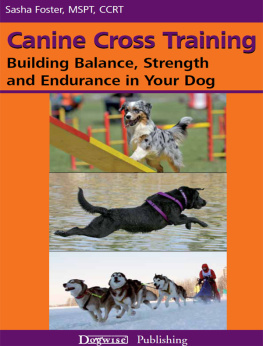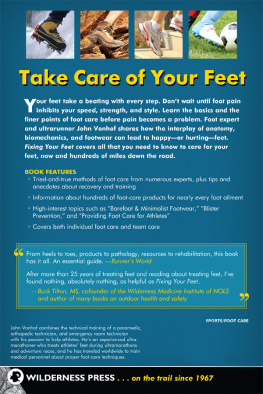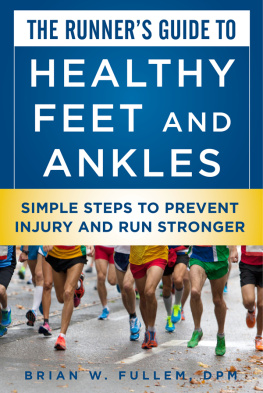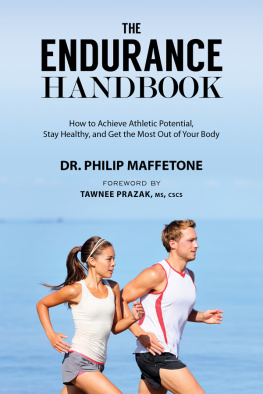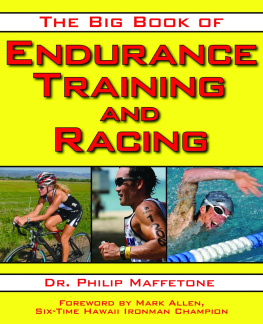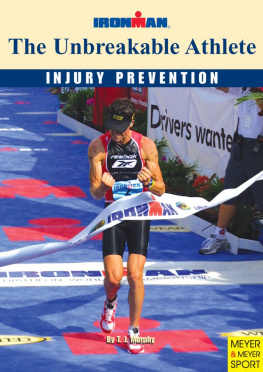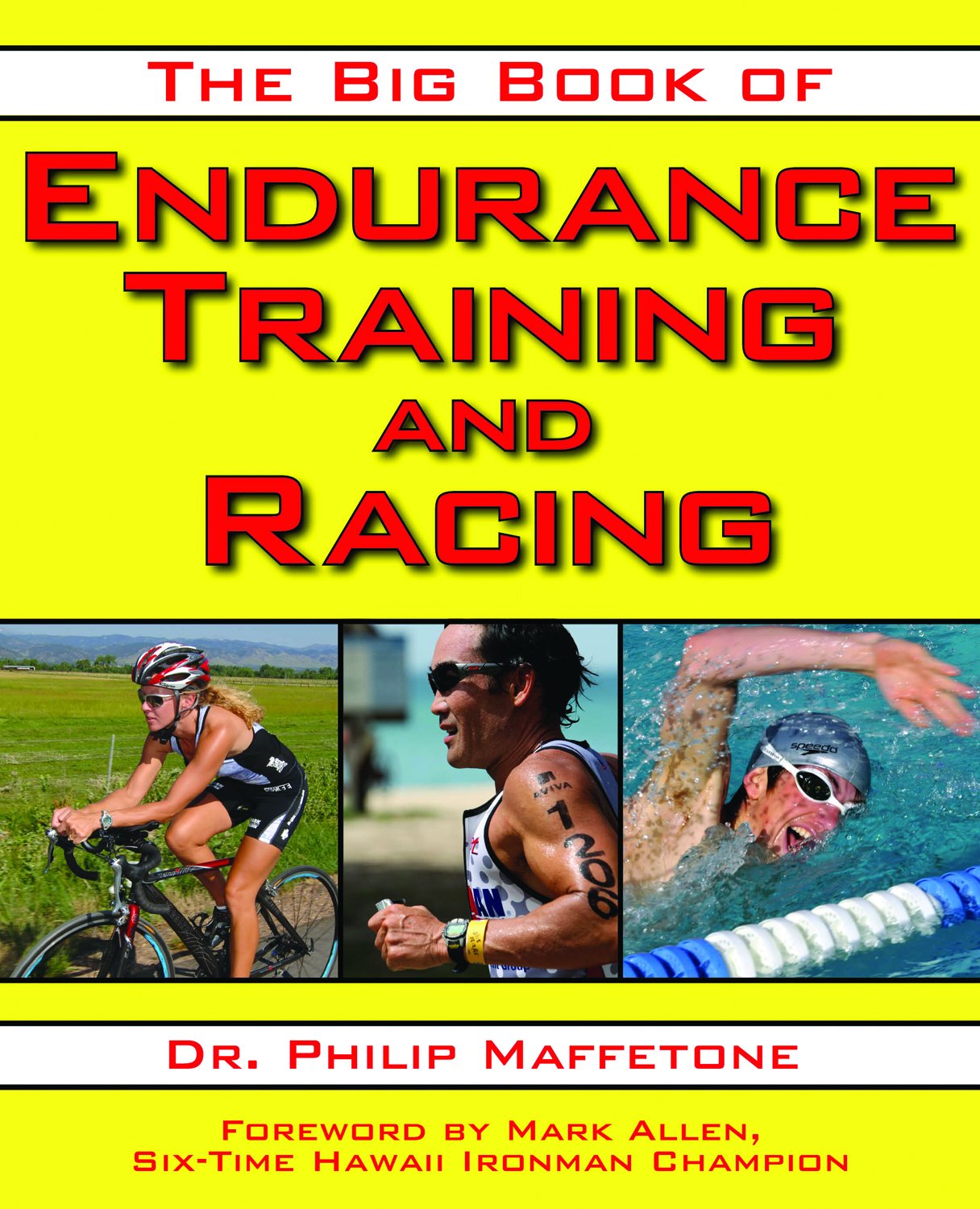AFTERWORD
A living legend in the running and sports science community, Dr. Timothy David Noakes is a South African professor of exercise and sports science at the University of Cape Town. As an endurance athlete, he has run more than 70 marathons and ultramarathons, His running book, Lore of Running , now in its fourth edition, remains a classic. In 1996, he was honored by the American College of Sports Medicine for his work in the field of exercise physiology.
I discovered Dr. Phil Maffetone when trying to understand how Mark Allen had been so successful for so long in one of the toughest sporting disciplines on earth, the triathlon. Mark, arguably the finest male triathlete of all time, was quick to acknowledge Dr. Maffetones contribution.
From Dr. Maffetone, Allen had learned the need to train with circumspection. Years later, I asked Allen why so few followed Maffetones proven methods. He replied simply: Young athletes always think that to be successful, they must do it their own way. They are too proud to listen.
What Allen suggested might be why none had ever come close to matching his own athletic record.
In The Big Book of Endurance Training and Racing , Dr. Maffetone shares his lifetime of experience in helping athletes of all abilities to become better. He understands that there is no single magic bullet; that sporting success is achieved by those who control all aspects of their lives. He knows that everything we do each day affects our athletic performance.
For those prepared to listen, there is a wealth of knowledge in Dr. Maffetones experience. Somewhere out there is the next Mark Allen wondering how to become better. If you read Dr. Maffetones thoughts, understand them, and put them into practice, you just might be that unique individual.
Dr. Timothy David Noakes
CHAPTER 1
WHAT IS ENDURANCE?
T o be human is to possess endurance. Its built into our genes. One of the primary ways weve survived as a species is thanks to the role endurance has played in our own evolution. With bipedal and upright posture, feet designed for walking instead of climbing and hanging from tree branches, and the ability to generously sweat, which prevents the body from overheating, early humans were able to travel long distances without fatigue, heat exhaustion, or injury. The search for food or water could lead to newer life-sustaining environments many miles away.
If, over the course of several million years, natural selection has given us the gift of endurance, it is only recently that sports science has begun to fully examine what it means for an athlete to go far at a consistent intensity. But what accounts for the physical differences among us regarding endurance? Why are some of us faster? Why do some of us excel at shorter distances? Or others race better in longer ones?
While genetics may dictate some of these performance differences, we actually control much of our natural athletic expression through the training and lifestyle habits we choose. Making the right decisions brings out the built-in endurance we already have in our bodies. We increase our endurance by being both fit and healthy.
By looking at the whole body and fine-tuning all of its functions, one can automatically improve endurance. To have great endurance is to be holistic. If you want to achieve optimum endurancethe path to achieving your athletic potentialbalancing the whole body is key to bringing out the endurance power within. Many factors contribute to and create our endurance, from muscle function and burning fat, to the various nutrients we consume and the intricate workings of our brain. This book discusses dozens of these factors and shows you how to use them to improve endurance. The optimal working of all these factors is important, and if one is deficient, endurance diminishes. As such, endurance is another individual feature we all uniquely posses. Endurance helps make us more than the sum of our parts.
But what is the meaning of endurance for athletes? Endurance can be defined in many ways. The popular college textbook Exercise Physiology , by Ardle, Katch, and Katch, discusses dozens of different aspects of endurance but does not define the term until page 756, and then only in more academic and less practical terms. Other sports researchers and authors define endurance as a form of survival. But you dont want to just survive a triathlon like the Ironman; you want to embrace it, live it, and enjoy itotherwise, why are you participating? One unique feature of endurance that differentiates it from true sprinting speed is effort: endurance is performed at sub-maximal exertion while sprinters perform at all-out, maximal effort.
Endurance has such a wide range of physical, chemical, and mental functions that I propose several important definitions, specifically for those athletes who engage in training for events lasting more than a few minutes:
- Endurance is our personal human performance; we use it to reach our athletic potential. As individuals, each of us defines our endurance differentlyto run a 10K race, swim a mile, or bike a century. Driven by the urge to compete at the highest levels, many endurance athletes express themselves by racing professionally. Riding a bike for three consecutive weeks in the Tour de France, or going strong for eight or sub-nine hours in the lava steam bath known as the Ironman Hawaii, require superb mental and physical conditioning.
- Endurance provides the physical, chemical, and mental tools to enable us to continually power the body over relatively long distances while maintaining higher speeds at sub-maximum effort.
- Endurance is an expression of the bodys aerobic system. This key system, discussed below and throughout this book, includes aerobic muscle fibers that burn fat for energy, the nerves and blood vessels associated with the muscles, and all the support mechanisms to put them in action, including the heart and lungs. Properly training the aerobic system can allow a runner to cover five miles in forty-five minutes at a heart rate of 150, then progress to performing the same distance a month later at forty-three minutes. Or, the cyclist who can ride a flat ten-mile course averaging a steady fifteen miles per hour at a heart rate of 140, with proper endurance training can now ride the same course averaging nine miles per hour at the same heart rate. This feature of endurance is what I call aerobic speed, and is discussed in the coming chapters.
- Endurance is our ability to carry on our athleticism successfully without sacrificing our health. While much of our life, consciously or not, is dedicated to training for more enduranceand for most athletes this includes competitiontheres usually much more to do in the course of our long day. Most of us also have other daily chorescareer, yard work, family, social activities, and other events that take our time and energy. Endurance sports are not separate from these other activities; balancing everything in our life is vital to building and maintaining the endurance well use for training and competition.

We obtain endurance by first developing our slow-moving parts, so to speak. Our aerobic system contains slow-twitch muscles that burn fat for energy. Training these relatively slow muscles is the first step to building greater endurance, including aerobic speed, an important component of endurance. Initially, these muscles will move us at relatively slow paces. But as the body can more readily convert fat to energy, aerobic muscle function improves, enabling our endurance to build.

